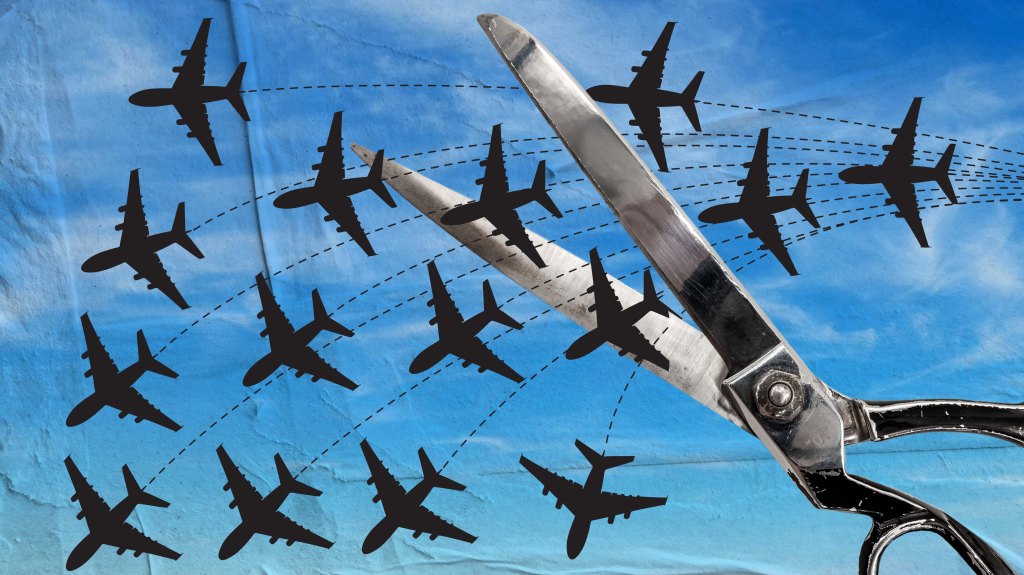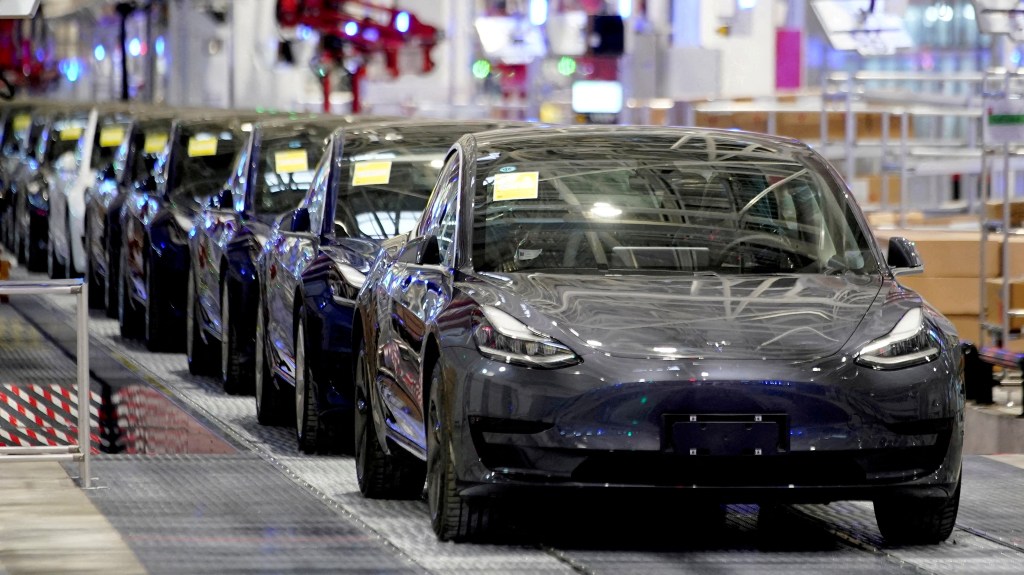British Airways Faces Major Flight Cancellations Due to Rolls-Royce Engine Issues
In 1991, British Airways (BA) sparked controversy by choosing General Electric over Rolls-Royce, their long-time engine supplier, leading to significant uproar in the House of Lords. “We cannot allow great firms such as Rolls-Royce… to be disregarded by our own national airline,” remarked Lord Williams of Elvel. Fast forward to today, and BA is regretting not severing ties with Rolls-Royce entirely.
Last week, BA’s Dallas route became the latest casualty amidst an ongoing crisis with Rolls-Royce engines, resulting in hundreds of flight cancellations. BA executives are deeply frustrated as the airline grapples with persistent technical issues.
A source from BA expressed their discontent: “It’s completely unacceptable that tens of thousands of our customers are having their travel plans cancelled due to the ongoing failures of Rolls-Royce. They need to take decisive action immediately.”
The fallout is impacting competitor Virgin Atlantic as well. An announcement regarding its own flight cancellations is imminent, attributed to complications linked to the same Rolls-Royce engine. The airline has halted plans for new services to Accra, Ghana’s capital, and postponed the return of routes to Tel Aviv until the end of March.
Industry insiders indicate that this predicament has been brewing for over a year, costing both airlines millions of pounds.
So, what caused this widespread disruption? To grasp the situation, it’s essential to revisit the introduction of Rolls-Royce’s Trent 1000 engine for Boeing’s 787 Dreamliner over a decade ago.
Aircraft manufacturers often provide airline customers with a choice among various engines. In the case of the Dreamliner, both Rolls-Royce and General Electric engines were options.
Issues concerning the Trent 1000 engine’s durability arose shortly after the Dreamliner commenced commercial service in 2011. The complications were intricate but primarily revolved around the engine’s fan blades.
Boeing required two engines for the Dreamliner, as opposed to the four engines on the predecessor 747 jumbo jet, prompting Rolls to innovate extensively to ensure the blades could withstand the immense thrust of a fully-loaded aircraft.
The strain on the blades during takeoff is equivalent to nine London buses being suspended from them. In response, Rolls meticulously altered metal alloys at the atomic level for enhanced durability.
Despite these efforts, the blades of the Trent 1000 started showing wear quicker than expected, particularly when exposed to pollutants and sand, and flaws in the blade cooling design exacerbated the issues.
Additionally, with fewer blades than prior models, the Trent 1000’s design led to problematic resonant frequencies, much like how an opera singer can shatter glass with her voice.
Subsequent upgrades were implemented, costing Rolls-Royce billions and slashing their stock prices to near-decade lows by late 2019. As a result of historical vulnerabilities, more frequent maintenance of the Trent 1000 continues to be required.
Currently, Rolls-Royce is struggling with accessing spare parts necessary for maintenance, leading to an accumulation of grounded aircraft. While Rolls denies claims regarding a lack of maintenance capacity, airline sources attribute some of the delays to this issue.

A BA representative commented, “We’re one of the largest operators of the Trent 1000 globally, yet we see no signs that Rolls-Royce understands the severity of this situation. We expect them to take responsibility and present a viable plan that includes mitigation efforts and a credible timeline to help us manage our flight schedule effectively.”
In response, a Rolls-Royce spokesperson stated, “We are taking significant steps to give priority to the necessary resources to lessen the impact of this crisis. Addressing the challenges presented by current supply-chain constraints is among our top priorities.”
The ongoing crisis has left six of BA’s 41 Dreamliners out of service. Previously, the airline managed to mitigate the impact of these groundings through the use of standby Boeing 777 aircraft in its fleet.
However, as the 777s average 20 years of age compared to the 7 years for the Dreamliners, this has necessitated their own grounding for maintenance due to increased service demands.
BA has chosen to proactively cancel flights, asserting that they do not believe the situation will be resolved soon. Virgin Atlantic may double its grounded Dreamliners next year due to similar circumstances, sources indicate.
Rolls-Royce is actively addressing the situation, deploying 50 staff to work with suppliers to rectify shortages and even offering raw materials to expedite production.
The company’s representative noted, “These efforts are already yielding positive outcomes. This year, we’ve increased Trent 1000 supply-chain output by 33%, allowing more components to be available and reducing engine downtime at our maintenance facilities.”
Looking ahead, Rolls-Royce is investing £1 billion into a “durability enhancement package” for the Trent 1000, which is nearing final certification with the Federal Aviation Administration (FAA). This initiative is projected to more than double the engine’s time-on-wing, with additional enhancements potentially improving performance by up to 30%.
However, BA remains doubtful about the imminent impact of these improvements. One insider expressed, “Rolls-Royce must stop making excuses, attributing the situation to supply-chain issues, and instead focus on presenting a credible and swift solution to a problem of their own creation.”
Come next summer, BA will cease flights to Bahrain for the first time in over 90 years and will also stop direct services to Kuwait for the first time in over six decades. Airline executives are eager to resume these routes soon, lest other airlines globally begin to follow suit in sidelining Rolls-Royce.




Post Comment